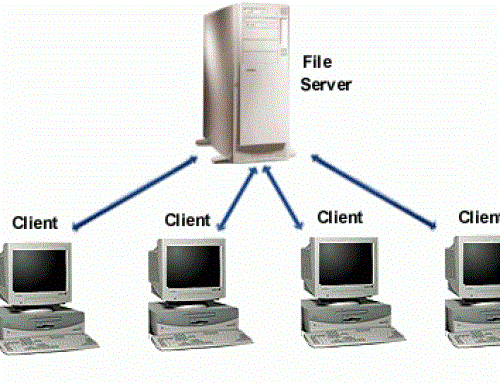Disadvantages Of Serial Processing Operating System

CST-101 Block 4 Unit 1 Operting Systems CST-101 Block 4 Unit 1 Operating Systems f EVOLUTION OF OPERATING SYSTEMS An operating system may process its task serially (sequentially) or concurrently (several tasks simultaneously). It means that the resources of the computer system may be dedicated to a single program until its completion or they may be. Allocated among several programs in different stages of execution.
The feature of operating system to execute multiple programs in interleaved fashion or different time cycles is called as multiprogramming systems. In this section, we will try to trace the evolution of operating system. In particular, we will describe serial processing, batch processing and multiprogramming. Serial Processing Programming in 1's and 0's (machine language) was quite common for early computer systems. Instruction and data used to be fed into the computer by means of console switches or perhaps through a hexadecimal keyboard.
Programs used to be started by loading the program computer register with the address of the first instruction of a program and its result (program) used to be examined by the contents of various registers and memory locations of the machine. Therefore, programming in this style caused a low utilisation of both users and machine. Advent of Input/Output devices, such as punched cards paper tape and language translators (Compiler/Assemblers) brought a significant step in computer system utilization. 
Program started being coded into programming language are first changed into object code (binary code) by translator and then automatically gets loaded into memory by a program called loader. After transferring a control to the loaded program, the execution of a program begins and its result gets displayed or printed. Once in memory, the program may be re-run with a different set of input data. The process of development and preparation of a program in such environment is slow and cumbersome due to serial processing and numerous manual processing.
Answer (1 of 13): An operating system, or OS, is a software program that enables the computer hardware to communicate and operate with the computer software. The most well-known operating systems are Windows, Mac OS and Linux, all of which have different versions. Although Windows is a PC-based OS, it can be run on a Mac computer with the help of a programme called Parallels, for. How can the answer be improved?
In a typical sequence first the editor is called to create a source code of user program written in programming language, translator is called to convert a source code into binary code and then finally loader is called to load executable program into main memory for execution. If syntax errors are detected, the whole process must be restarted from the beginning. The next development was the replacement of card-decks with standard input/output and some useful library programs, which were further linked with user program through a system software called linker. While there was a definite improvement over machine language approach, the serial mode of operation is obviously not very efficient. This results in low utilization of resources.
Batch Processing Utilisation of computer resources and improvement in programmer's productivity was still a major prohibition. During the time that tapes were being mounted or programmer was operating the console, the CPU was sitting idle. The next logical step in the evolution of operating system was to automate the sequencing of operations involved in program execution and in the mechanical aspects of program development. Jobs with similar requirements were batched together and run through the computer as a group. For example, suppose the operator received one FORTRAN program, one COBOL program and another FORTRAN program.